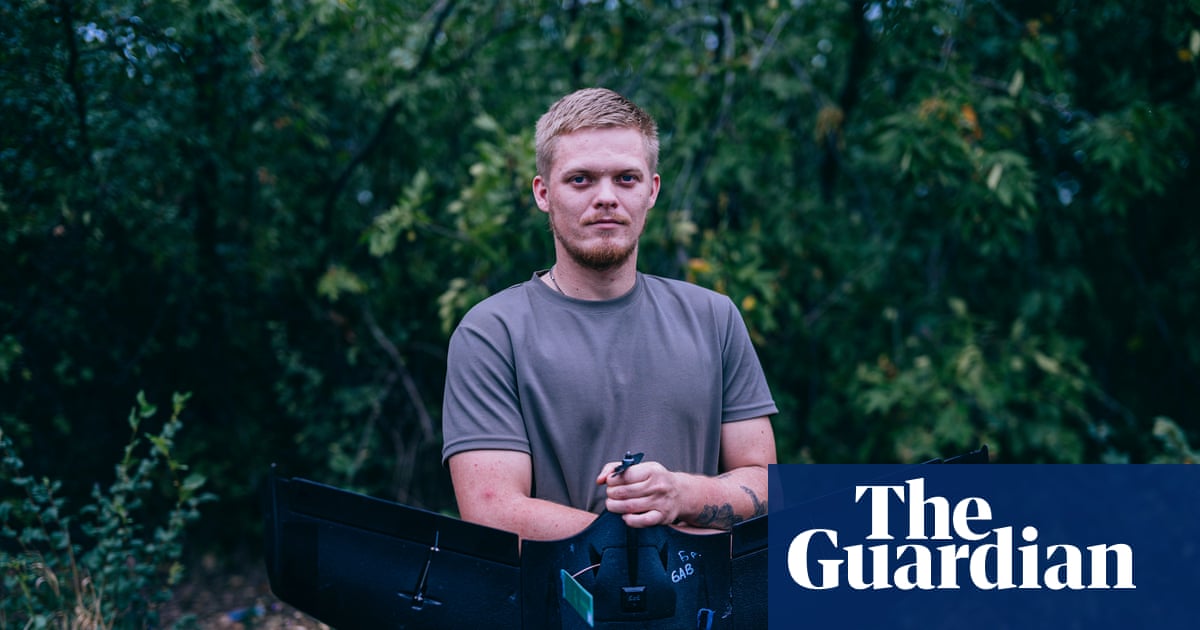
"It's more exhausting, says Afer, a deputy commander of the Da Vinci Wolves, describing how one of the best-known battalions in Ukraine has to defend against constant Russian attacks. Where once the invaders might have tried small group assaults with armoured vehicles, now the tactic is to try and sneak through on foot one by one, evading frontline Ukrainian drones, and find somewhere to hide. Under what little cover remains, survivors then try to gather a group of 10 or so and attack Ukrainian positions."
"Afer explains that such is the development of FPV (first person view) drones, remotely piloted using an onboard camera, that the so-called kill zone now extends 12 to 14 kilometres behind the front the range at which a $500 drone, flying at up to 60mph, can strike. It means, Afer adds, that all the logistics [food, ammunition and medical supplies] we are doing is either on foot or with the help of ground drones."
Afer, a deputy commander of the Da Vinci Wolves, says the battalion must defend against relentless Russian attacks that have evolved from armoured small-group assaults to one-by-one infantry infiltration. Attackers now try to sneak through on foot, evade frontline Ukrainian drones, hide, then gather about ten fighters to assault positions, producing heavy casualties; the battalion killed 11 in 24 hours. Reconnaissance drones feed images to a command centre in a 130-metre underground bunker with sleeping barracks and an army mess. FPV drones now extend a kill zone 12–14 kilometres behind the front, and low-cost fast drones force logistics to move on foot or via ground drones.
Read at www.theguardian.com
Unable to calculate read time
Collection
[
|
...
]